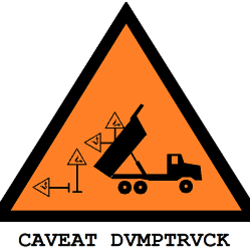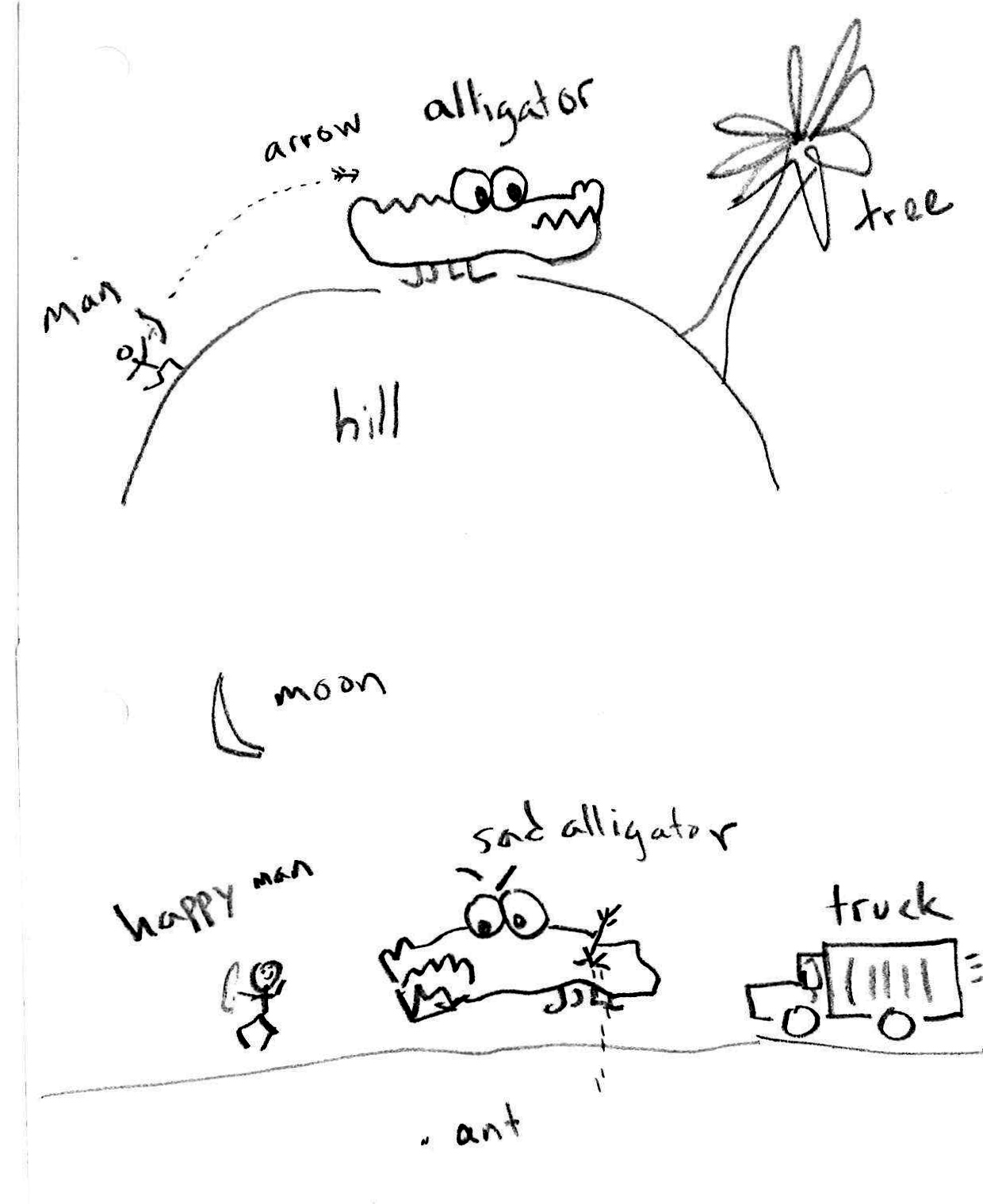(Poem #207 on new numbering scheme)
The other day they forecast snow,
but then instead it rained.
I don't dislike a rainy day,
but snowless, I was drained.
– a quatrain in ballad meter.
I have decided to continue to challenge myself, and therefore the next poetic form I will undertake is a more native (i.e. traditional) English poetic style, called the “Ballad meter.” These are alternations of 4 and 3 (mostly) iambic feet grouped in quatrains, with a rhyming scheme a b c b. Much famous poetry in English follows this pattern, such as Coleridge’s “Rime of the Ancient Mariner.” Many well known songs and hymns also follow this meter (or, also, the very similar so-called “common meter” which differs only in having a “tighter” rhyming scheme a b a b), such as the songs “Amazing Grace” and “America the Beautiful,” as well as the theme song to “Gilligan’s Island.” I guess there is no specific name for a single quatrain of ballad meter verse, so I’ll just call them daily quatrains – or maybe sometimes I’ll try to make more.
I have never successfully done much poemifying in traditional English stress-timed meters – despite being a native speaker, the stress-timed patterns have always felt unintuitive to me, while I have been making more rewarding efforts at syllable-count-based poetry since middle school. I am much more comfortable with syllable-timed patterns such as predominate in e.g. Italian, Spanish, Japanese or Welsh. Hence my previous efforts at this “poem-a-day” blog have been on such forms as the nonnet (originally Italian) and englyn (originally Welsh), with occasional haiku back there, too.




